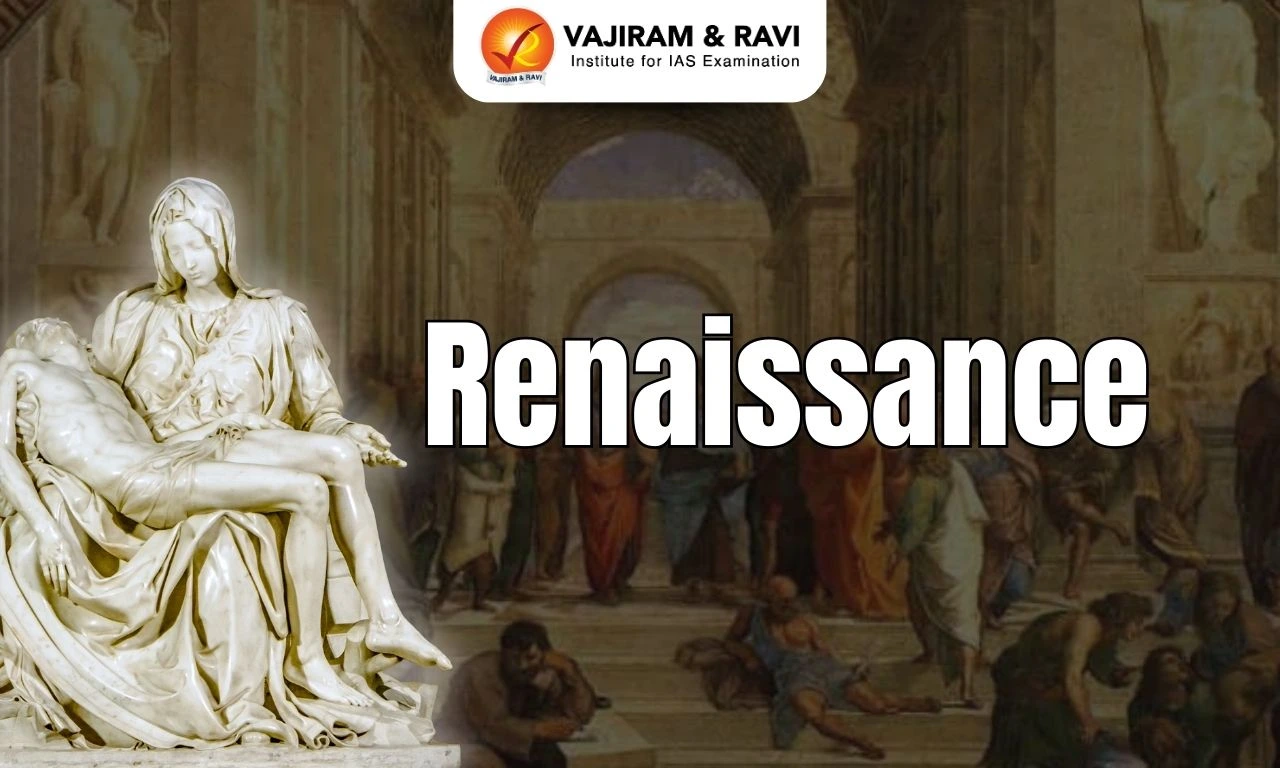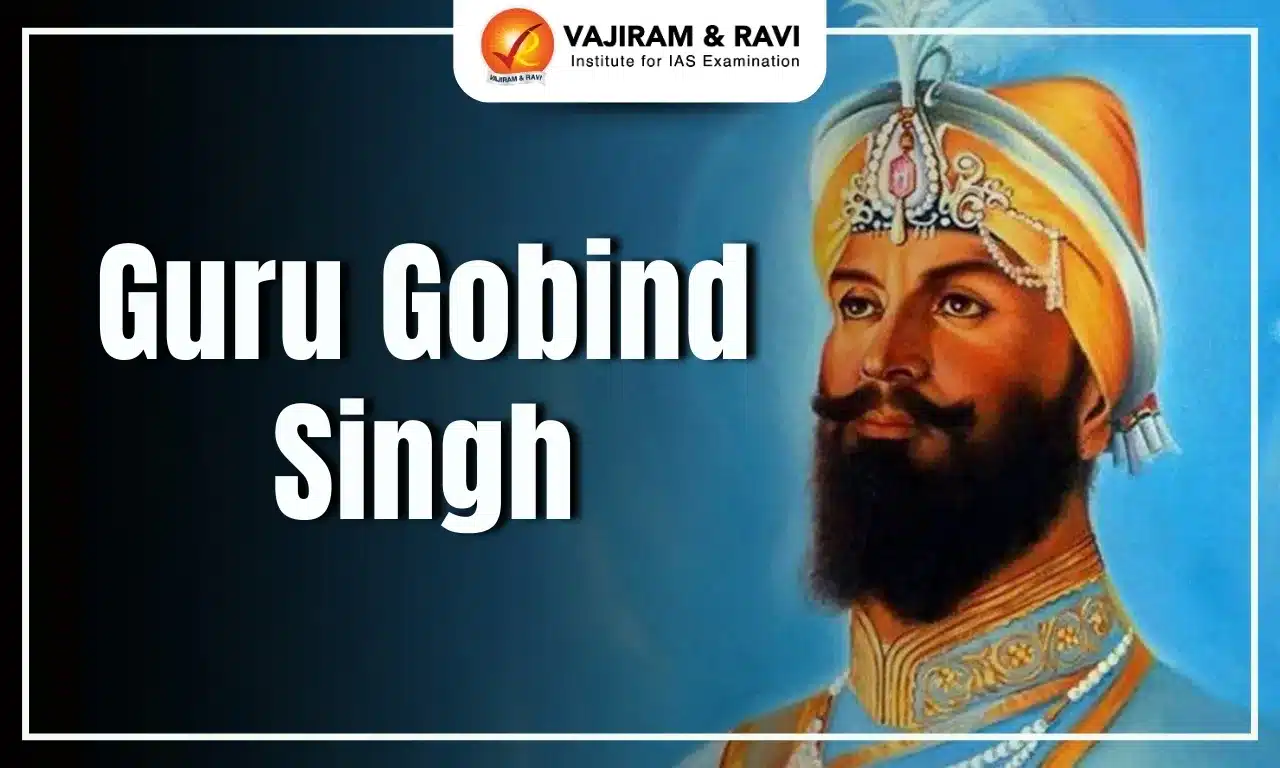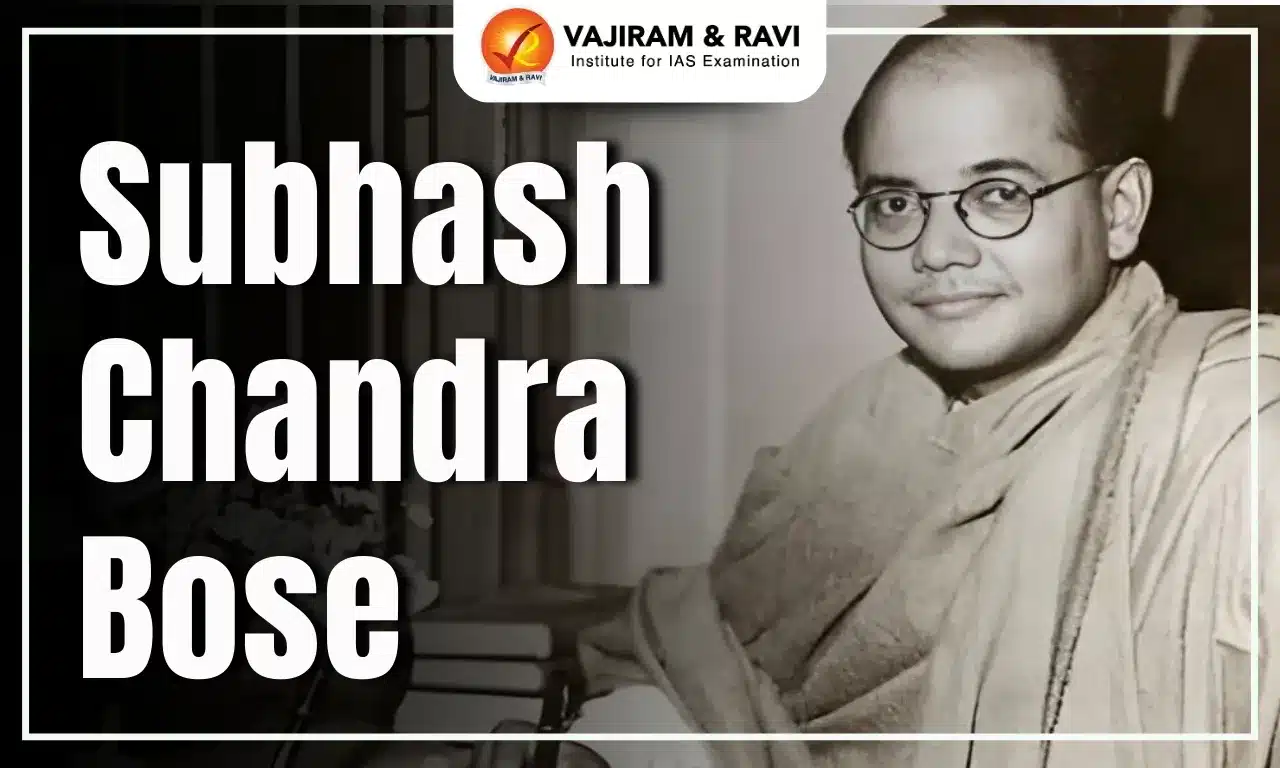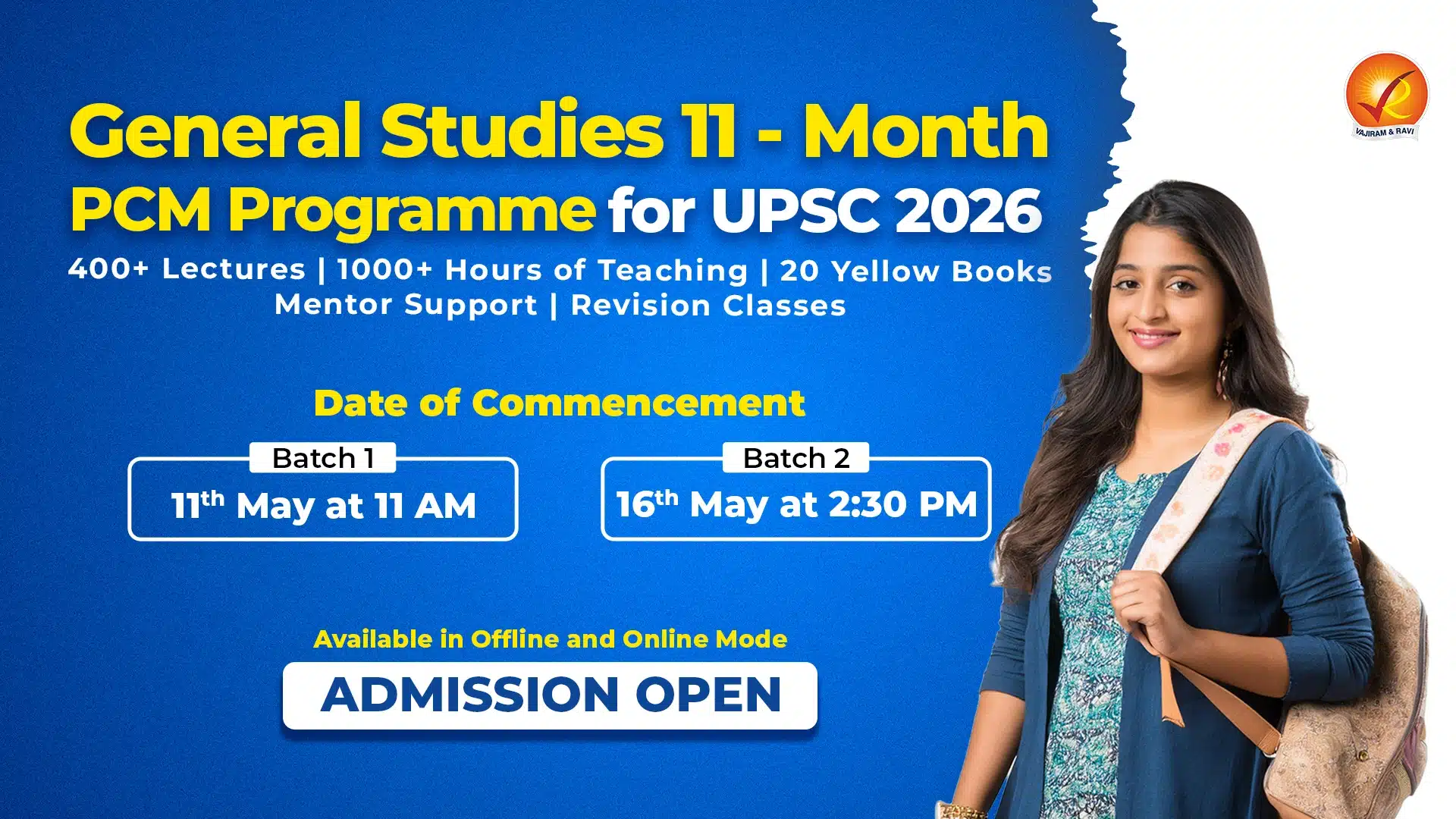The Renaissance, spanning the 14th to 16th centuries, and the Enlightenment, from 17th to 18th centuries, were transformative periods in Europe. The Renaissance, meaning rebirth in French, was a time of significant cultural, artistic, and intellectual growth, with luminaries like Dante, Cicero, Shakespeare, Mozart, da Vinci, and Copernicus. It was marked by advancements in literature, architecture, humanism, and the global economy. Enlightenment origins can be traced back to the Renaissance’s emphasis on humanism, individualism, and the pursuit of knowledge beyond religious doctrine laid the foundation for questioning traditional authority.
What is Renaissance?
The Renaissance, a transformative period between the Middle Ages and Modernity, is often described as a ‘rebirth’ of Classical learning and wisdom. Originating in 14th-century Italy (Florence), it marked a significant departure from the medieval period, ushering in a renewed interest in the cultural and intellectual achievements of ancient Greece and Rome.
Characteristics of the Renaissance
The Renaissance period was marked by several distinctive features:
- Humanism: The Renaissance sparked a movement known as Humanism, which emphasised the potential value and goodness of human beings, celebrated individualism, and promoted the study of subjects like philosophy, history, and literature.
- The thinkers of the Renaissance such as Dante, Petrarch and Cicero advocated for a human-centric worldview rather than religion-centric.
- Humanism was the main intellectual basis of the Renaissance.
- Classical revival: There was a surge in the study of classical texts, art, and architecture.
- This revival led to a new appreciation for balance, symmetry, and harmony, principles that were embodied in Greek and Roman art and architecture.
- Cultural exchanges: The increased trade and interaction with different cultures, particularly during the Crusades, brought a wealth of knowledge and ideas to Europe.
- This exchange of ideas led to a greater understanding of the world and a desire to explore new territories and concepts.
- Rediscovery of antiquity: The unearthing of ancient texts during the fall of Constantinople spurred a revival of Greek and Roman philosophies and arts.
- Scholars began to study these texts, leading to a renewed interest in humanism, science, and the arts.
- Scientific advancements: The Renaissance was a period of great scientific advancements.
- The acceptance of the Copernican heliocentric model over the Ptolemaic geocentric system, and Kepler’s laws of planetary motion, revolutionised astronomy and paved the way for future scientific discoveries.
- Economic growth: The decline of feudalism and the rise of commerce led to the growth of cities and the middle class.
- This economic prosperity funded the arts and supported the spread of Renaissance ideas.
- Technological progress: Innovations like paper, printing, the compass, and gunpowder had profound effects on society. These technologies revolutionised communication, navigation, and warfare.
Important Thinkers of the Renaissance
Several individuals stood out during this period for their contributions:
- Lorenzo de’ Medici: Known as Lorenzo the Magnificent, he was a patron of the arts who played a crucial role in strengthening the culture of the Renaissance in Florence.
- Leonardo da Vinci: Often described as the archetype of the ‘Renaissance man,’ Leonardo da Vinci is known for his works in art, science, and engineering. His works, such as the Mona Lisa and the Last Supper, are celebrated for their beauty and detail.
- Michelangelo: A master sculptor, painter, and architect, Michelangelo’s works, including the Sistine Chapel ceiling and the Statue of David, are celebrated for their beauty, detail, and portrayal of human emotion.
- Nicolaus Copernicus: A polymath who proposed the heliocentric model of the universe, challenging the established geocentric model. His work laid the foundation for modern astronomy.
- Thomas More: A philosopher and statesman, best known for his work ‘Utopia,’ which depicted an ideal society. His ideas influenced political thought and presented a critique of contemporary society.
Impact of the Renaissance
The Renaissance had far-reaching impacts:
- Scientific inquiry: It laid the groundwork for modern science through a more empirical and rational approach to understanding the world.
- This shift in thinking led to significant advancements in various fields, including physics, astronomy, and biology.
- Artistic evolution: The Renaissance produced new artistic techniques and masterpieces that continue to influence art today.
- The use of perspective, realistic depiction of the human body, and the use of light and shadow transformed the visual arts.
- Examples: Leonardo da Vinci’s “Mona Lisa” and Michelangelo’s “David” are renowned for their realistic portrayal of the human form and innovative use of perspective and shading.
- Religious and Political Thought: The Renaissance introduced new ideas that challenged traditional views, leading to religious reforms and changes in governance.
- The questioning of authority and emphasis on individualism led to significant societal changes, including the Protestant Reformation.
- Examples: Martin Luther’s Ninety-Five Theses sparked the Protestant Reformation, leading to significant religious and political changes across Europe.
- Cultural bridge: The Renaissance acted as a bridge from the medieval world to the modern age, setting the foundation for future advancements in various fields.
- It marked the beginning of the modern era, influencing every aspect of human life, from art and science to politics and education.
- Examples: The invention of the printing press by Johannes Gutenberg facilitated the spread of Renaissance ideas, leading to increased literacy rates and the democratisation of knowledge.
- Humanism: Human beings became the central concern of scholars.
- They believed in human potential and the right to seek joy and pleasure in this world, contrary to the Medieval Church’s beliefs.
- Humanism found expression in the works of artists like Leonardo da Vinci, Michelangelo, Raphael, Botticelli, and Titian.
- Global exploration: The Age of Discovery, driven by adventurers like Christopher Columbus and Vasco da Gama, led to the discovery of new lands.
- This expanded the known world and led to a greater exchange of ideas and resources.
- It was desirable for Europe after the Fall of Constantinople in 1453.
- However, this gave rise to colonialism later.
Enlightenment
The Enlightenment, or the Age of Reason, was an intellectual and philosophical movement that emerged in Europe during the 17th and 18th centuries. Its origins can be traced back to the Renaissance’s emphasis on humanism, individualism, and the pursuit of knowledge beyond religious doctrine, which laid the foundation for questioning traditional authority.
- Key Characteristics: Characterised by a strong emphasis on reason, rationality, and scientific inquiry, the Enlightenment championed the use of logic and empirical evidence as the primary sources of knowledge.
- Thinkers challenged established authorities, superstitions, and religious dogmas, encouraging the acquisition of knowledge through observation and scientific investigation.
- Political and Social Impact: The Enlightenment formulated the ideas of natural rights and the social contract, proposing that legitimate government derives from the people’s consent and is tasked with safeguarding individual rights.
- It advocated for balanced governance, constitutionalism, and the rule of law, promoting checks and balances and avoiding power monopolies.
- Religious tolerance and secularism: These were the key principles with scholars contesting the dominance of the Church and religious dogmas, advocating for the separation of church and state.
- The era was marked by a belief in human progress through reason, scientific understanding, and education, spurring social, political, and economic reforms.
- Influential thinkers such as:
- René Descartes: Known for his famous phrase “I think, therefore I am,” Descartes emphasised reason and scepticism.
- Voltaire: A fierce advocate for freedom of speech and religious tolerance.
- John Locke: His ideas on natural rights and the social contract influenced democratic thought.
- David Hume: A sceptic who explored the limits of human knowledge.
- Immanuel Kant: His work bridged reason and morality.
- Adam Smith: A pioneer in economics, emphasising free markets.
- Jean-Jacques Rousseau: His social contract theory influenced political philosophy.
- Major events and Impact:
- The Enlightenment was a driving force behind major events like the Scientific Revolution, the Glorious Revolution in England, the American Revolution, and the French Revolution, which were influenced by its ideals of liberty, equality, and democracy.
- The impact of the Enlightenment was far-reaching, reviving scientific inquiry, motivating exploration and discovery, influencing nationalism, and transforming artistic styles.
- The invention of the printing press facilitated the spread of Enlightenment ideas, national languages, and literary traditions, shaping the modern world we know today.
Last updated on April, 2025
→ UPSC Notification 2025 was released on 22nd January 2025.
→ The UPSC Vacancy 2025 were released 1129, out of which 979 were for UPSC CSE and remaining 150 are for UPSC IFoS.
→ UPSC Admit Card 2025 is expected to release in first week of May for CSE Prelims Exam 2025.
→ The UPSC Prelims 2025 is scheduled to be conducted on 25th May 2025 and UPSC Mains 2025 will be conducted on 22nd August 2025.
→ Apply once through it and aspirants can apply for various government exams conducted by UPSC.
→ The UPSC Selection Process is of 3 stages-Prelims, Mains and Interview.
→ UPSC Result 2024 is released with latest UPSC Marksheet 2024. Check Now!
→ UPSC Toppers List 2024 is released now. Shakti Dubey is UPSC AIR 1 2024 Topper.
→ Also check Best IAS Coaching in Delhi
Renaissance FAQs
Q1. What led to the end of the Renaissance?+
Q2. Who is considered the key figure or pioneer of the Indian Renaissance?+
Q3. What is social contract theory?+
Q4. What was the Renaissance, and when did it occur?+
Q5. What was the Protestant Reformation?+
Tags: quest renaissance















